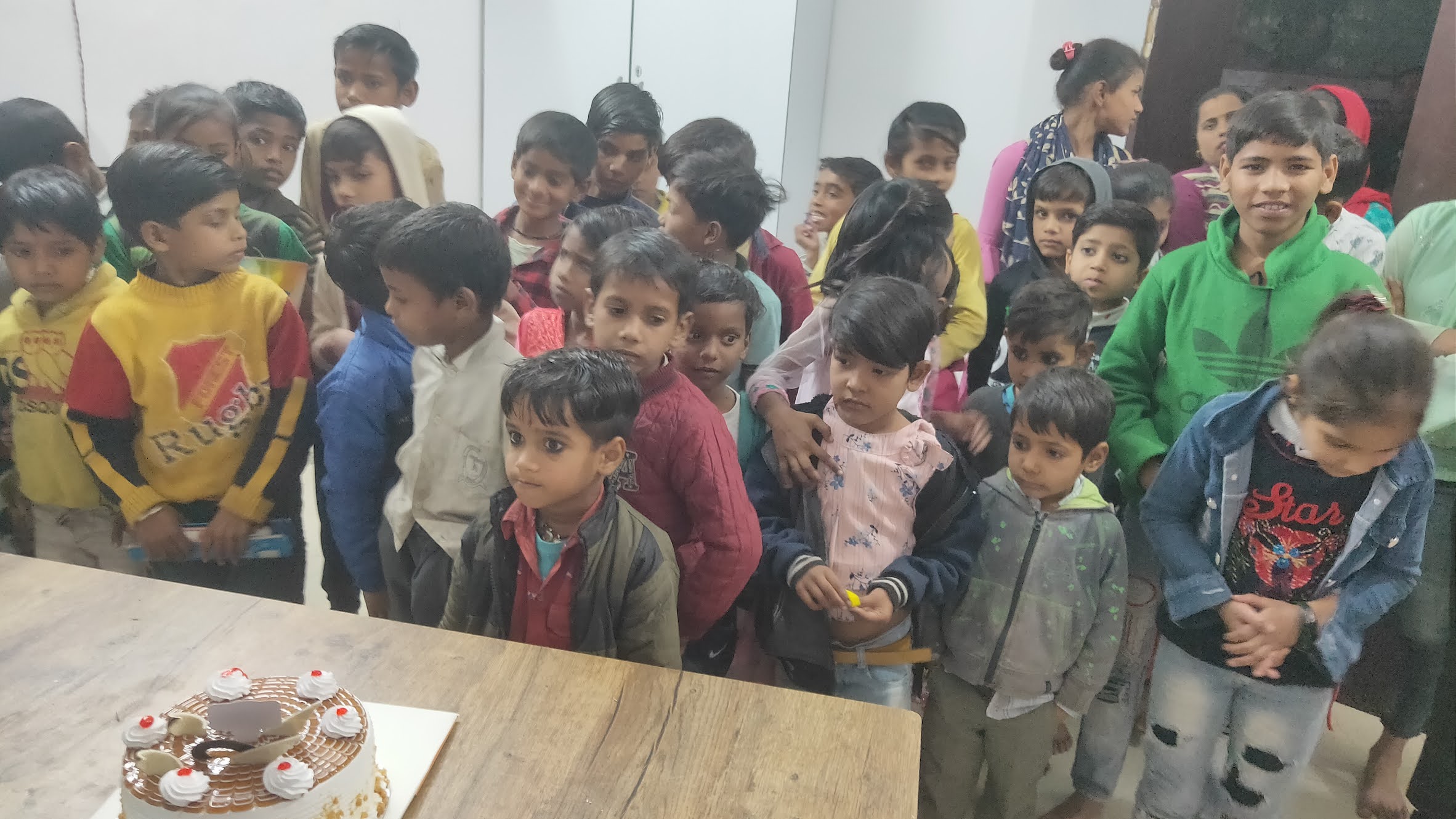India, a varied country that is rising quickly, has several obstacles in its quest for advancement. The literacy rate, which reflects the degree of education and awareness among a country’s citizens, is one important measure of that country’s growth. This article explores the details of India’s literacy rate, highlighting both the country’s successes and its areas of continued struggle.
- Overall Literacy Rate:
Over the years, India has improved its general literacy rate by considerable margin. The rate of literacy as of 2021, the most recent figure available, is roughly 77.7%. This indicates a significant rise over earlier decades and illustrates the value of coordinated efforts to advance education.
- Gender Disparities:
Gender differences in literacy still exist in India, notwithstanding advances. Male literacy rates have historically outpaced female literacy rates, indicating a sizable gender disparity. But programs like the “Save the Daughter, Educate the Daughter” (Beti Bachao, Beti Padhao) campaign seek to close this disparity by promoting women’s and girls’ education.
- Rural-Urban Divide:
The gap between urban and rural literacy in India is another important factor. Although urban regions often have greater rates of literacy, rural areas confront obstacles such poor awareness, infrastructure, and access to high-quality education. For comprehensive literacy to be achieved nationwide, this gap must be closed.
- State-Wise Variances:
States in India have very different rates of literacy. Kerala and other southern states have continuously led the nation in literacy rates, serving as role models for others. However, states in northern India frequently struggle with lower rates of literacy, which highlights the need for focused interventions and specially designed educational systems.
- Government Initiatives:
The Indian government has taken a number of steps to improve literacy. With a focus on underserved populations and areas with low literacy rates, initiatives like the National Literacy Mission Authority and Sarva Shiksha Abhiyan (Education for All Mission) seek to make education accessible to all.
- Challenges in Quality Education:
Even if the percentage of people who are literate has increased, there are still issues with the quality of education. Even though they are literate, many people might not have the abilities needed to actively participate in a world that is changing quickly. Overlooking simple literacy figures, a comprehensive strategy is needed to address this issue.
- Digital Literacy:
Digital literacy is becoming more and more important in our technological age. Digital tool usage and navigation skills are becoming more and more important. Promoting digital literacy can enable people and communities to fully benefit from the digital age, particularly in isolated places.




